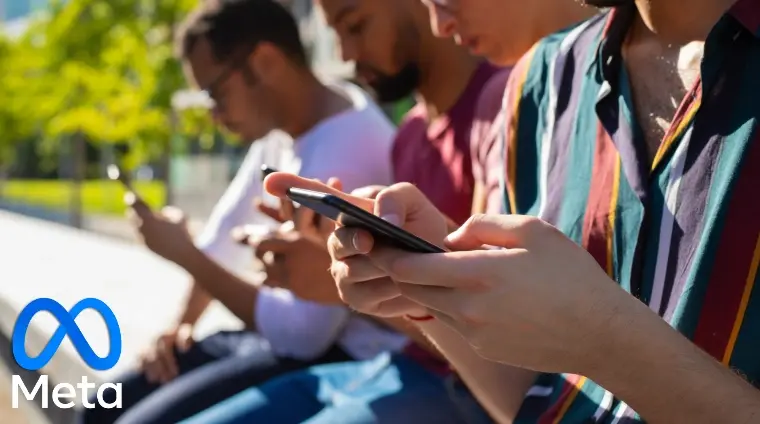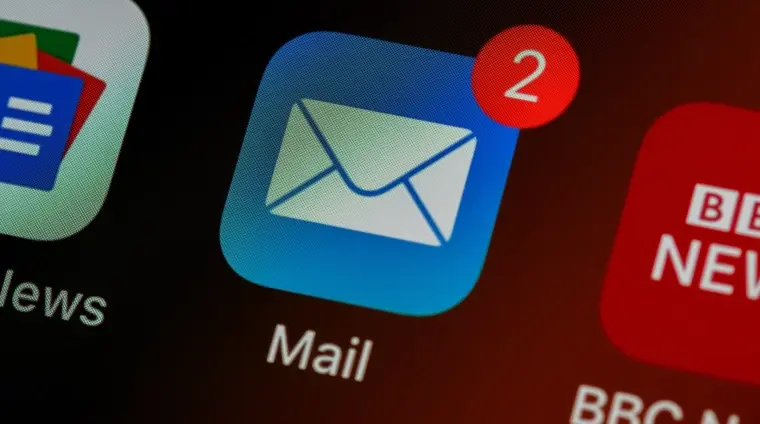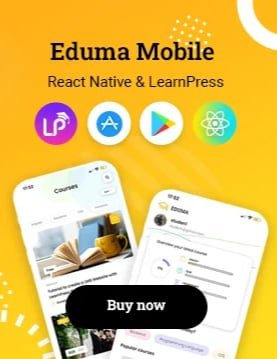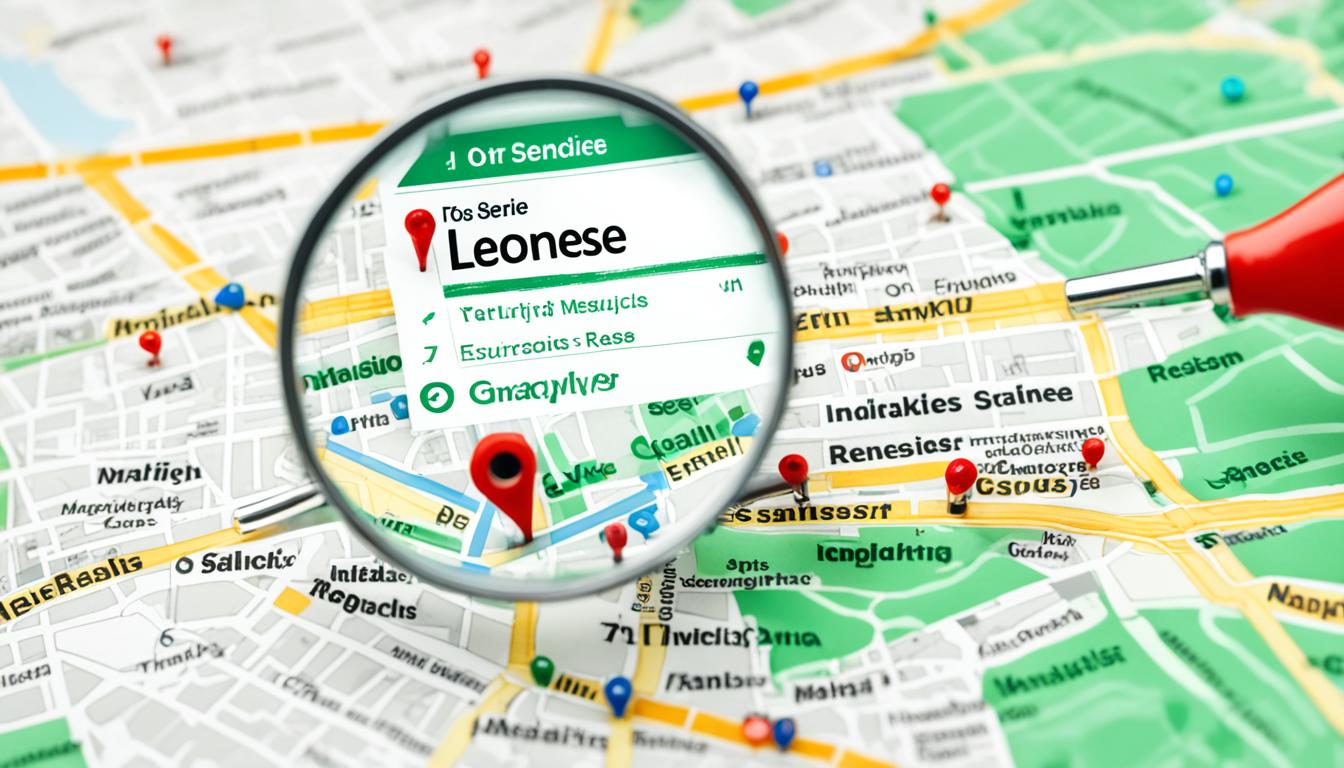Recent research shows that organic social media brings in 100% more leads than paid efforts. Yet, since 2019, businesses have increased their paid social media spending by 27.7%. With over 4.76 billion folks active on social media, it’s hard for companies to pick the best strategy to connect with their audiences online. Businesses have to choose between paid ads and organic posts carefully. Each method has its own set of pros and cons.
This article will discuss the differences between organic and paid social media. It will dive into what each method is good at and what it lacks. By the end, you’ll have a better idea of how to choose the right social media approach for your business.
Key Takeaways
- Organic social media generates 100% more leads than paid social media, while paid social media spending has increased by 27.7% since 2019.
- Businesses must carefully consider the advantages and disadvantages of organic and paid social media marketing strategies.
- Paid advertising can deliver faster results and improve visibility, while organic marketing builds long-term relationships and brand awareness.
- Integrating both paid and organic approaches can create a comprehensive and effective social media marketing strategy.
- Measuring key metrics, such as engagement, reach, and return on investment, is crucial for optimizing social media campaigns.
What is Organic Social Media?
Organic social media talks about the free stuff shared on places like Facebook or Instagram. It includes posts, pictures, videos, and stories that don’t need money to be seen. It’s all about building a brand’s online presence naturally. This happens through making content that people like to see and share.
Organic Social Media Defined
Organic social media is about sharing free content on social platforms. The goal here is to grow followers and interactions without paying for ads. It’s a way to connect with people and offer them something real.
Examples of Organic Social Media Activities
Some examples are posting updates often and talking to people who reply to your posts. It’s like being in the same room with your customers online. This way, your brand shows it’s friendly and builds a small online town around it.
Why Organic Social Media Matters
Organic social media is key because it helps build true connections with people. It shows what your brand is all about and why it matters. By sharing great stories and useful content, you can become a trusted source in your field. This trust can lead to more business as people believe in what you offer.
Advantages of Organic Social Media
Using organic social media doesn’t cost much. Businesses can share content for free. They can still reach a large audience this way. By talking with followers and answering their comments, businesses can make strong connections. This can lead to loyalty and a sense of community around the brand.
It lets the brand’s true self shine through, which makes people trust it more. The best part? It keeps on working without needing a lot of money. As long as someone is there to post updates and chat with people, it’s all good.
It’s Free
Posting content on organic social media is free. Businesses can get their message out without spending a lot. This is a smart way to approach social media marketing without blowing the budget.
Builds Trust with Your Audience
Sharing on organic social media can really show what a brand stands for. This helps to create a deeper connection with the audience. By talking with and listening to their followers, businesses can gain trust and loyalty. This naturally builds a brand community.
Sustainable Long-Term
Organic social media is a strategy that keeps on giving. It works well over time, even with just a few resources. Regular updates and interacting with followers are key. This approach is essential for any social media marketing strategy that aims for lasting success.
Disadvantages of Organic Social Media
Organic social media has lots of pluses, but it’s not perfect. One big issue is the limited reach. Your posts are only seen by your followers. This makes it hard to grow your brand without spending money on ads or promotions.
Then, there’s the problem with frequent changes in social media algorithms. These changes can suddenly cut how many people see your content, even if it’s great. Without paying for ads, you can’t control how often your posts get shown.
Finally, the lack of control can be frustrating. You can’t always decide who sees your posts. Social media rules change often, so it’s hard to keep up a steady communication with your audience.
| Metric | Organic Social Media | Paid Social Media |
|---|---|---|
| Reach | Limited to existing followers | Ability to target new audiences |
| Control | Limited control over content distribution | Greater control over ad targeting and placement |
| Algorithms | Subject to frequent changes in social media algorithms | Less affected by algorithm changes |
| Cost | No direct financial investment required | Requires ad spending and campaign management |
What is Paid Social Media?
Paid social media means putting ads on sites like Facebook or Instagram to reach certain people. These ads show up in feeds or as posts. They’re aimed at folks based on what they like or do. This helps businesses find their perfect customers.
Paid Social Media Explained
With paid social media, companies can show their stuff to non-followers. It’s a quick way to get more eyes on their brand. By pinpointing the right crowds, they boost the chances of getting noticed.
This route also sharpens who sees the ads, pulling in more interested folks. Thus, engagement and success go up.
Examples of Paid Social Media Activities
Boosting posts, running ads for certain groups, and backing events or products are all common steps. Team-ups with influencers are also huge. They help ads reach more people in ways a company’s voice alone can’t.
Benefits of Paid Social Media
Paid social media lets brands talk to those not already listening. They can aim messages at specific groups, which helps them stand out faster. Plus, they get tools to see if their efforts are paying off.
This process turns more heads, which can lead to more sales. So, it’s a key part of making brands more known and liked.
| Metric | Value |
|---|---|
| Spending on US social networks projected to grow in 2024 | 13.5% to $82.88 billion |
| Video ad spend represents of total ad spend | 55.2% |
| Video ad spend expected to increase by | 21.2% |
| Average organic reach for a Facebook post | 1-3% of the follower count |
| eMarketer projects video ad spend on platforms like TikTok, Instagram Reels, and YouTube to reach | $45.75 billion |
| Paid social media has seen a increase in spending since 2019 | 27.7% |
Advantages of Paid Social Media
Paid social media lets businesses show their content to new people. This can attract new followers fast. It also makes sure your posts are seen by the right people, using detailed targeting. This boosts how often people engage with your posts and your ROI.
Advanced Targeting
Paid social media gives businesses tools to aim ads at their perfect customers. They use data to find the best people for their ads. This way, ad campaigns can connect with users who are most likely to be interested.
Improved Reach and Engagement
Paid social media isn’t restricted by how many followers a brand has. It helps businesses reach more people. They do this by targeting ads at users they wouldn’t reach otherwise. This increases their online presence and can drive more traffic to their website.
Accurate Measurement Tools
One big perk of paid social media is the insight it gives. You can see exactly how your ads are doing. This helps businesses tweak their strategies to get the best results. Metrics like clicks and conversions are a goldmine for improvement.
Disadvantages of Paid Social Media
While paid social media has benefits, it also comes with drawbacks. The cost is a major issue for many businesses. Running paid campaigns can be expensive, especially for those with small budgets.
The advantages of paid marketing are often short-lived. Businesses need to keep spending to maintain their success. This can be tough for companies that don’t have a lot of money. Also, paid content might not seem as real to users. They could view it more as advertising than as genuine interactions. This perception can decrease people’s interest in what you’re sharing over time.
Cost
Advertising on social media is expensive. It’s hard for small businesses to keep up. The cost of social media advertising quickly piles up, posing a challenge for many.
Short-Term Benefits
The quick results of paid social media are attractive. Businesses can gain followers fast and become more visible. But, to keep these benefits, they need to keep spending. This ongoing expense isn’t possible for all companies.
Lack of Authenticity
Some users see paid social media as less real. They may think it’s just another advertising tactic. This feeling can lower engagement over time. As a result, people might not react as well to paid posts.
Paid vs. Organic: Key Differences
Businesses should know the differences between paid social media and organic social media. It’s essential for their social media marketing strategies. Paid social media uses money to spread content to a wider audience. On the other hand, organic social media shares content without using money.
Paid social media offers ways to target and engage better, yet it can cost more and feel less genuine than organic. In contrast, organic social media is cost-free and builds real trust with your audience over time. Still, its reach is limited, and it can be affected by changes in how social media sites work.
Knowing the good and bad of paid and organic social media helps businesses make a smart social media marketing strategy.
| Paid Social Media | Organic Social Media |
|---|---|
| Allows for advanced targeting and improved reach and engagement | Builds trust with the audience and is sustainable in the long-term |
| Can be more expensive and may lack authenticity | Has limited reach and is subject to changes in social media algorithms |
| Provides the ability to quickly promote time-sensitive content and reach new audiences | Helps establish a strong, long-term presence and showcase brand personality and values |
| Offers detailed performance metrics and the ability to optimize campaigns in real-time | Requires less financial investment but may have a slower impact on business goals |
Understanding paid and organic social media will help your business. It means finding the best of both worlds to meet your goals in a social media marketing strategy.
When to Use Paid Social Media
Businesses may want to use paid social media for quick promotion of time-sensitive content or to reach new audiences. It’s also great for targeting people who would be interested in what they offer. Paid social media really shines for those aiming to boost website traffic, get leads, or improve sales. The tools for targeting and measuring success can make paid social media campaigns more effective.
It’s often a smart move alongside an organic social media plan, helping companies share their best organic posts with a bigger crowd. But, keeping an eye on the budget is crucial. They should make sure their paid social media advertising strategies match their big marketing goals.
| Metric | Organic Social Media | Paid Social Media |
|---|---|---|
| Reach | Limited to existing followers | Ability to reach new audiences |
| Targeting | Generic, based on follower demographics | Advanced, based on specific audience criteria |
| Measurement | Engagement metrics (likes, comments, shares) | Detailed performance metrics (impressions, clicks, conversions) |
| Cost | Free | Requires advertising budget |
| Authenticity | Builds genuine connections with audiences | May be perceived as more promotional |
Understanding the differences between when to use paid social media and when to use organic social media helps make a balanced strategy. This strategy mixes the benefits of both to meet their goals.
When to Use Organic Social Media
Organic social media can help businesses a lot. They can grow their brand’s visibility, connect deeply with people, and show their unique side. Companies should look into using this type of media when aiming for a strong, steady spot online. This is key for building ties with current fans and forming a loyal community.
This approach is great for those wanting to earn trust and respect from their audience. It lets companies show off what they know, share helpful content, and give real answers to customer questions and feedback. Even though organic social media doesn’t reach as many as ads, it’s affordable and keeps the brand active online. Plus, it aids in cultivating customer connections over time.
Combining Paid and Organic Strategies
Many businesses find success by using both paid and organic social media. This approach allows them to get the best of both worlds. They should boost top organic posts with paid ads. It’s also key to mix paid and organic posts in a content calendar. This makes things easier to manage. But remember, using the right social media tools is a must.
Tips for a Hybrid Approach
An approach mixing paid and organic can really boost a brand. Make sure to promote top organic posts with ads. This way, you’re not starting from zero. Also, try targeting new users who are like your current followers. This can help you reach more potential customers.
Managing Paid and Organic Campaigns
It’s vital to combine paid and organic strategies well. Make sure your message is consistent everywhere. Using the right social media tools helps keep everything in check. This way, you can see which strategies work best. Then, focus on what brings the best results for your brand.
Measuring Success: Key Metrics
Success in your social media marketing strategy is measured by many key metrics. These metrics apply to both organic and paid strategies. When we look at organic social media, we focus on engagement rate, reach, follower growth, and click-through rate. For paid social media, track impressions, click-through rate, cost-per-click, conversion rate, and return on ad spend (ROAS).
By watching these numbers closely, companies can spot what works and what needs adjusting. This way, they can make data-driven decisions to get the best results. It’s all about finding the sweet spot between paid and organic efforts to meet your marketing goals.
Paid vs. Organic: Finding the Right Balance
In social media marketing, balance is key. Finding the right mix of paid and organic strategies is crucial. Businesses must look at their goals, who they’re trying to reach, and what they can spend to figure out what works best.
Sometimes, just using organic methods is enough. Other times, spending more on paid ads is what’s needed.
It’s important to keep track of how well each strategy is doing and make changes if necessary. By using data and a mix of paid and organic strategies, companies can boost their brand, get people involved, and turn viewers into customers.
| Metric | Organic Social Media | Paid Social Media |
|---|---|---|
| Reach | Limited to existing followers | Ability to target new audiences |
| Engagement | Builds authentic relationships and brand loyalty | Immediate impact but potential for lower authenticity |
| Analytics | Limited performance tracking capabilities | Robust analytics tools for campaign optimization |
| Cost | Free, but requires time and resources to manage | Can be expensive, especially for smaller businesses |
Understanding both paid and organic methods helps businesses create a strong social media plan. Decide whether to focus on getting seen organically, using paid ads, or mixing both. Staying flexible, data-driven, and offering value to your audience is what matters most.
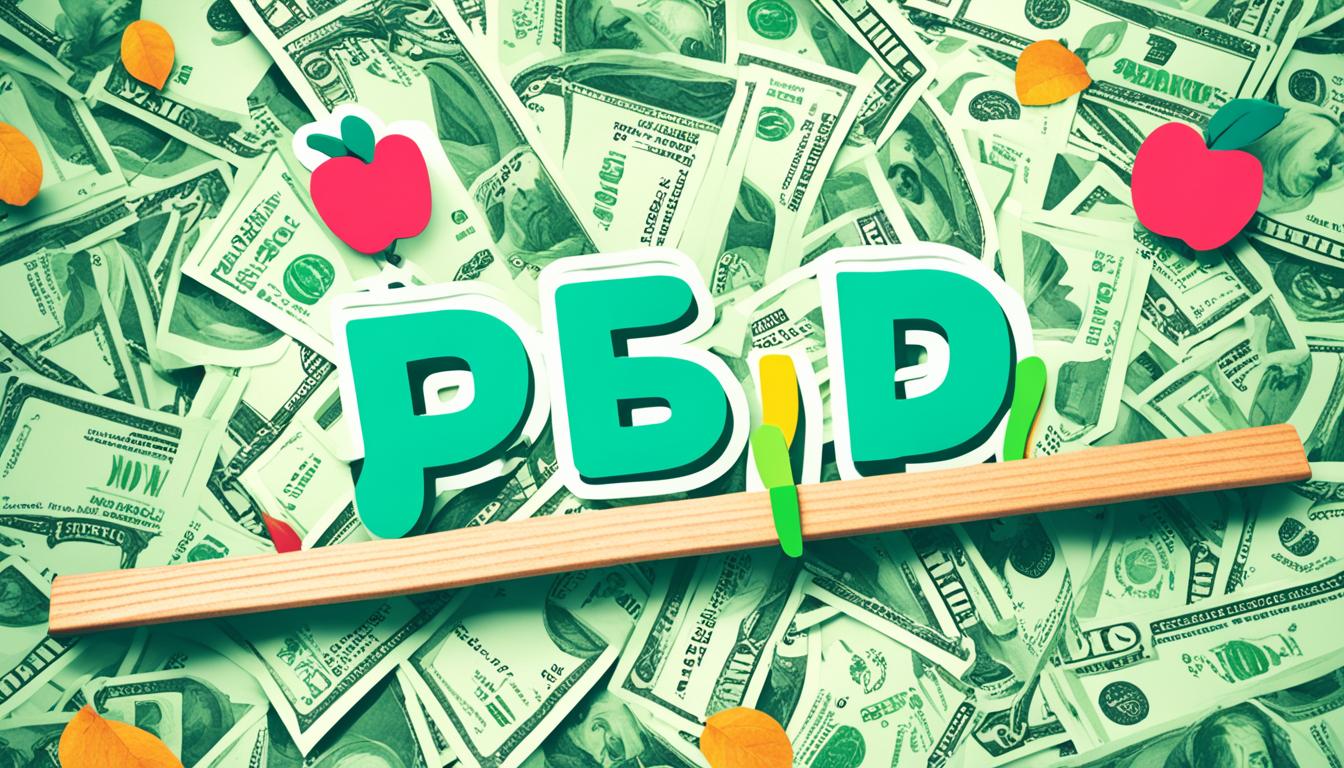
Conclusion
In today’s digital world, having a strong social media presence is crucial for all businesses. But, figuring out the best mix of paid and free social media can be tough. This piece covered what makes paid and organic social media different. It showed the pros and cons of each way. The best social media strategy usually uses both types and carefully mixes them to reach their goals.
When businesses grasp paid and organic social media’s ins and outs, they set the scene for a successful marketing plan. This approach can yield significant outcomes. It’s about choosing between growing naturally or putting money on ads, or maybe a bit of both. The real win comes from keeping an open mind, using data, and making the most of what your audience truly wants. By smoothly blending your social media marketing strategy, you unlock the full power of paid vs organic social media. This helps in making a strong integrated social media approach that appeals to your audience and boosts your business’s results.
FAQ
What is the difference between paid and organic social media?
What are the advantages of organic social media?
What are the disadvantages of organic social media?
What are the advantages of paid social media?
What are the disadvantages of paid social media?
When should businesses use paid social media?
When should businesses use organic social media?
How can businesses combine paid and organic social media strategies?
What key metrics should businesses track to measure the success of their social media marketing efforts?
Source Links
- https://blog.hootsuite.com/organic-vs-paid-social-media/
- https://www.semrush.com/blog/organic-vs-paid-marketing/
- https://www.socialpilot.co/agency-success-guide/organic-vs-paid-advertising
- https://www.sprinklr.com/blog/organic-vs-paid-social-media/
- https://sproutsocial.com/insights/organic-vs-paid-social-media/
- https://www.brandwatch.com/blog/organic-vs-paid-social-media/
- https://designpowers.com/blog/organic-ads-versus-paid-ads
- https://www.searchnurture.com/blog/combining-the-power-of-paid-and-organic-social-media-2/
- https://elevatedmarketing.solutions/how-organic-and-paid-social-media-work-together/
- https://www.talkwalker.com/blog/paid-vs-organic-social-analytics-best-kpis-to-track
- https://www.evolvedsearch.com/resources/insights/how-to-measure-the-success-of-organic-social-media-campaigns/
- https://modo25.com/news-insights/paid-social/paid-social-and-organic-social-kpi-basics/
- https://crimsonparkdigital.com/paid-vs-organic-social-media-finding-the-perfect-balance/
- https://realtyna.com/blog/paid-vs-organic-search/
- https://www.webfx.com/seo/learn/organic-search-vs-paid-search/





